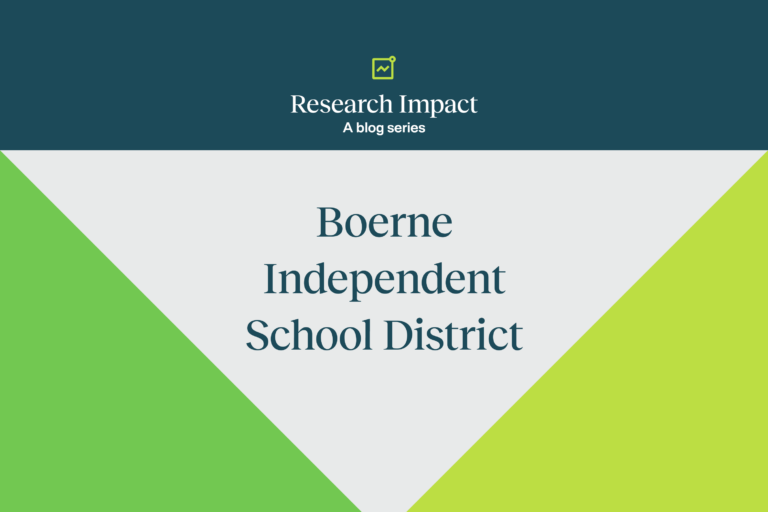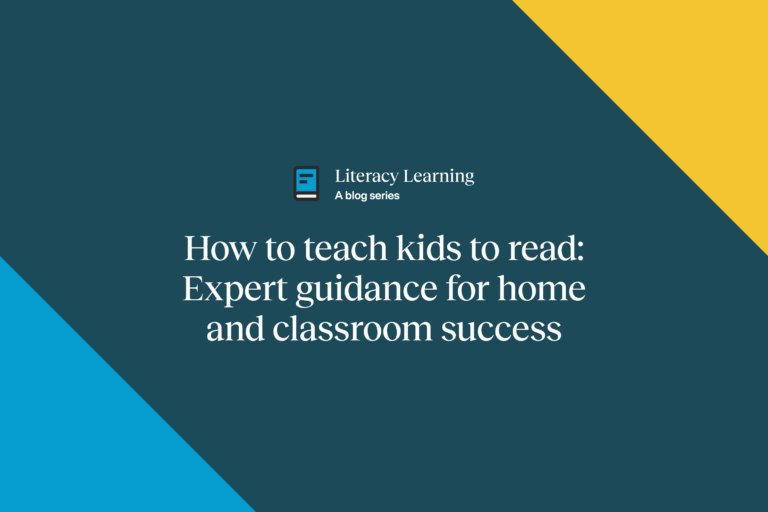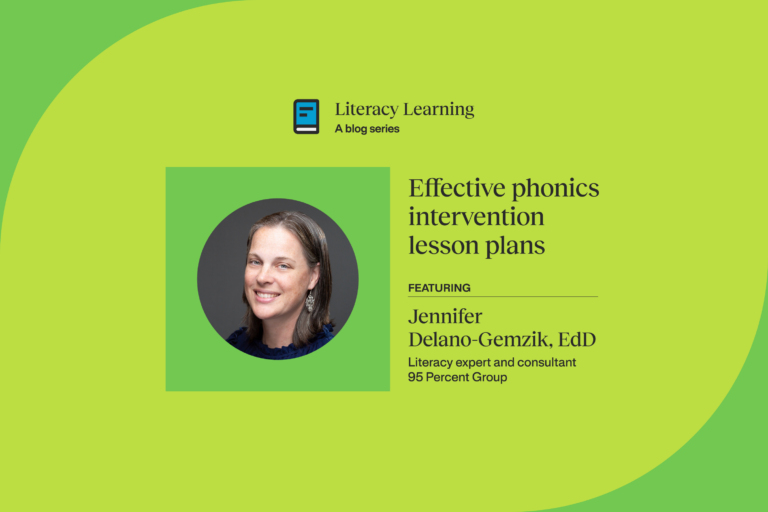What’s missing in MTSS/RTI implementation?

Multi-tier Systems of Support (MTSS) and Response to Intervention (RTI) are becoming widely used terms to describe the type of instructional strategies many schools need in order to move more students towards reading on or above grade level. But the way in which schools implement these strategies matters.
We’re excited that our president and co-founder Dr. Susan Hall was featured as a guest author on the International Literacy Association’s (ILA) blog LiteracyDAILY.
Here’s an excerpt from the blog post:
Many schools are currently implementing multi-tier systems of support/response to intervention (MTSS/RTI). So why aren’t there substantial gains in literacy scores? The reason is some of the very components that make MTSS/RTI effective are missing when implemented. Let’s take a look at two critical elements that administrators often overlook when introducing campus reading intervention plans.
Dr. Susan Hall
Staff buy-in focusing on key goals
The first is building staff buy-in by focusing on a few key goals. The schools that achieve success have personalized MTSS on their campuses and use data to focus on reading intervention strategies and goals. When MTSS is positioned as something the district expects, teachers are less likely to embrace it. They do respond when the principal says we need to implement RTI because of a specific reason related to our students. An example is when fewer second graders leave the school year at benchmark than entered in the fall. When principals exude their passion that this data is not OK, and together we can change it, more teachers will rally around to help.
Go to LiteracyDAILY to Learn More
Read on to find out what other key MTSS/RTI component needs to be in place to improve literacy outcomes for all students. Go to LiteracyDAILY to view the post in its entirety.



